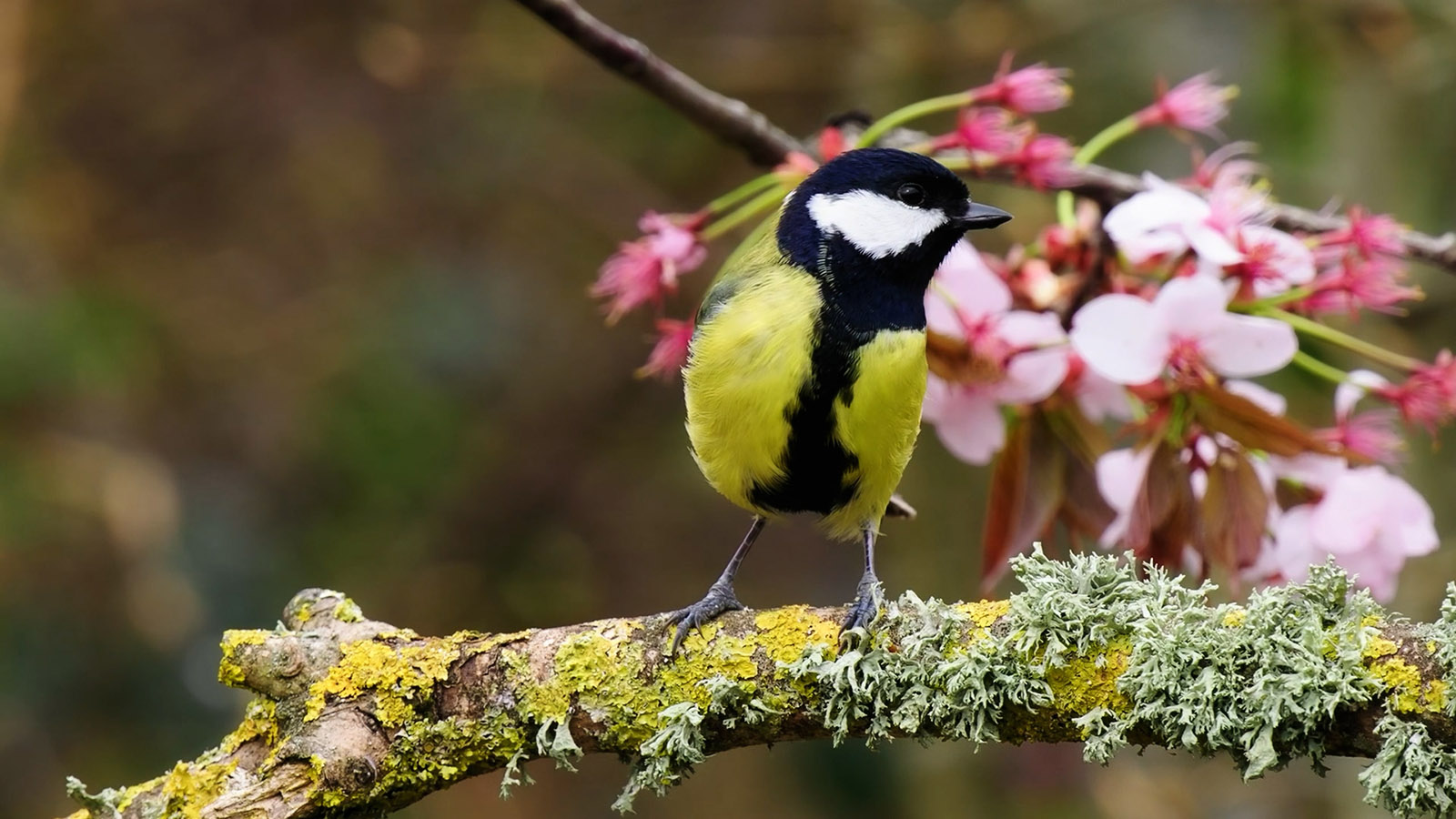Planting woodland adjacent to established woodland or in large clumps is more likely to boost bird populations than random planting, modelling suggests.
Habitat creation is likely to be a large component of future land-use planning if global targets on halting biodiversity loss and mitigating climate change are to be met. But this needs to be balanced with potential losses in food production.
Where agricultural land is privately owned, economic incentives for conservation efforts are often needed – but with restrictions on public spending, it’s vital that the maximum environmental benefit, for example biodiversity increase or carbon storage, is achieved.
The University of Stirling, Forest Research, the RSPB Centre for Conservation Science, and the University of Glasgow, set out to investigate which woodland planting designs would best benefit biodiversity, specifically woodland birds, which have declined in the UK by 34% since 1970.

Using an economic agent-based model of landowners, the researchers created a suite of potential landscapes with varying spatial configurations (and amounts) of newly planted woodland. They investigated three planting configurations for woodland creation: adjacent to existing woodland, clumped or random.
They then employed an individual-based model for each of ten woodland bird species and used these models to simulate dispersal and settlement across these landscapes. The models were used to assess how different planting configurations could affect the populations of long-tailed tit, blue tit, robin, chaffinch, great tit, blackcap, wren, woodpigeon, blackbird and song thrush over a period of 100 years.
Importantly, the model allowed for the new woodlands to change in suitability over time, based on measured time lags between habitat creation, development and species responses.
The researchers found that planting in random individual hectares consistently resulted in lower population gains for the ten woodland bird species than planting either in clumps or adjacent to existing woodland.
The benefits of wood-adjacent and clumped planting began to converge as the clump size increased to approximately 10 hectares, at which point they were similar for most species.
The results also suggest that the benefits from these levels of woodland creation are fairly modest for these species. For example, even in the greatest planting scenarios, where the stock of woodland in the study area was increased by 16.8 per cent, and planted adjacent to existing woodland, the species with the largest response – song thrush – only increased by 4.6 per cent over a period of 100 years.
The key finding of the study was that the cost-effectiveness of new woodland, in terms of subsequent benefits to biodiversity – in this case woodland birds – is strongly determined by its spatial configuration. Planting alongside existing woodland is likely to be vastly more effective than planting either in isolated patches or in small clumps. The advantage of wood-adjacent over clumped planting disappears only as clumps approaches 10ha.
This study highlights that woodland birds do benefit from targeted woodland creation; however, it also underscores the importance of recognising that these benefits may take decades to fully materialise. Alongside new woodland creation, the protection and restoration of existing woodlands remain essential for safeguarding woodland biodiversity.
Dobson, A.D.M., Bradfer-Lawrence, T., Finch, T. et al. Combining occupancy and dispersal models to predict the conservation benefits of land-use change. Landsc Ecol 40, 75 (2025). DOI: 10.1007/s10980-025-02087-z
Planting woodland adjacent to established woodland or in large clumps is more likely to boost bird populations than random planting, modelling suggests.

Forest Research has announced that Dr Bianca Ambrose-Oji, currently Head of its Society and Environment Research Group, will succeed Professor Chris Quine FRSE as Chief Scientist from June 2025.
England’s non-woodland trees have been mapped for the first time, revealing these trees make up nearly one third of our nation’s tree cover.
Planting woodland adjacent to established woodland or in large clumps is more likely to boost bird populations than random planting, modelling suggests.

Forest Research has announced that Dr Bianca Ambrose-Oji, currently Head of its Society and Environment Research Group, will succeed Professor Chris Quine FRSE as Chief Scientist from June 2025.
England’s non-woodland trees have been mapped for the first time, revealing these trees make up nearly one third of our nation’s tree cover.